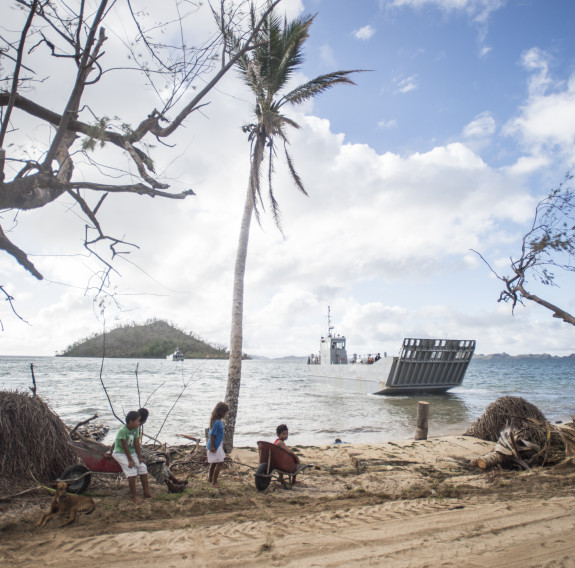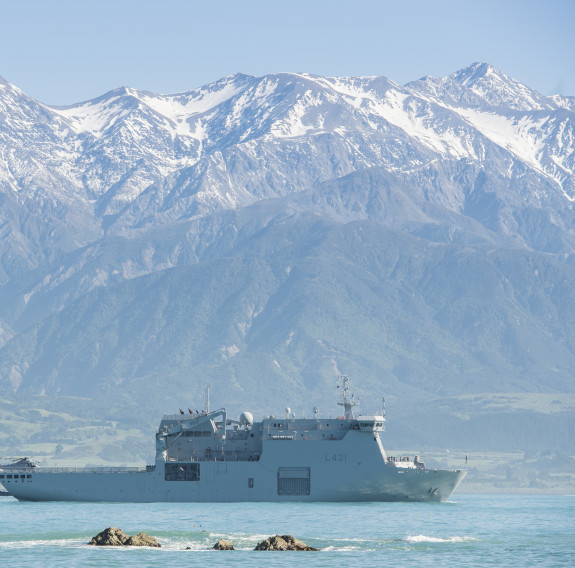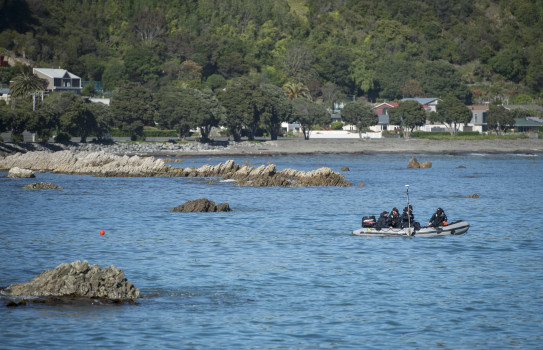Mahi whakaora
Humanitarian assistance & disaster relief
When disaster strikes, putting life, health and property at risk, people’s lives are turned upside-down. Communities, regions or even whole countries can need help as quickly as possible.
Our Navy is uniquely capable of responding quickly to unfolding events. We train to operate in tough conditions and a variety of environments. We are disciplined, well-coordinated and have ships and aircraft, as well as personnel trained to operate in difficult situations, that can quickly deploy to a disaster site. The Navy maintains experts who can assess the scale of the disaster situation and determine what to do with the people and equipment we have available.
The Navy can transport materials and experts to help rebuild communities and infrastructure, such as running water and power. In situations where law and order has broken down, the Navy can transport troops and equipment to help civilian authorities re-establish safety and security.
The Defence Act 1990 says the NZDF will perform any public service and provide assistance to civilians in a time of emergency. It means the Navy, at any time, is on notice to move if an emergency occurs.


